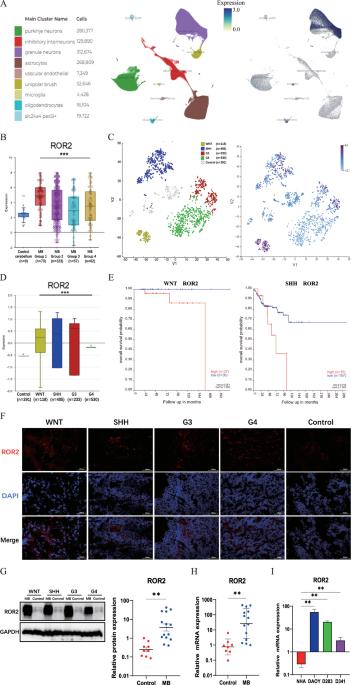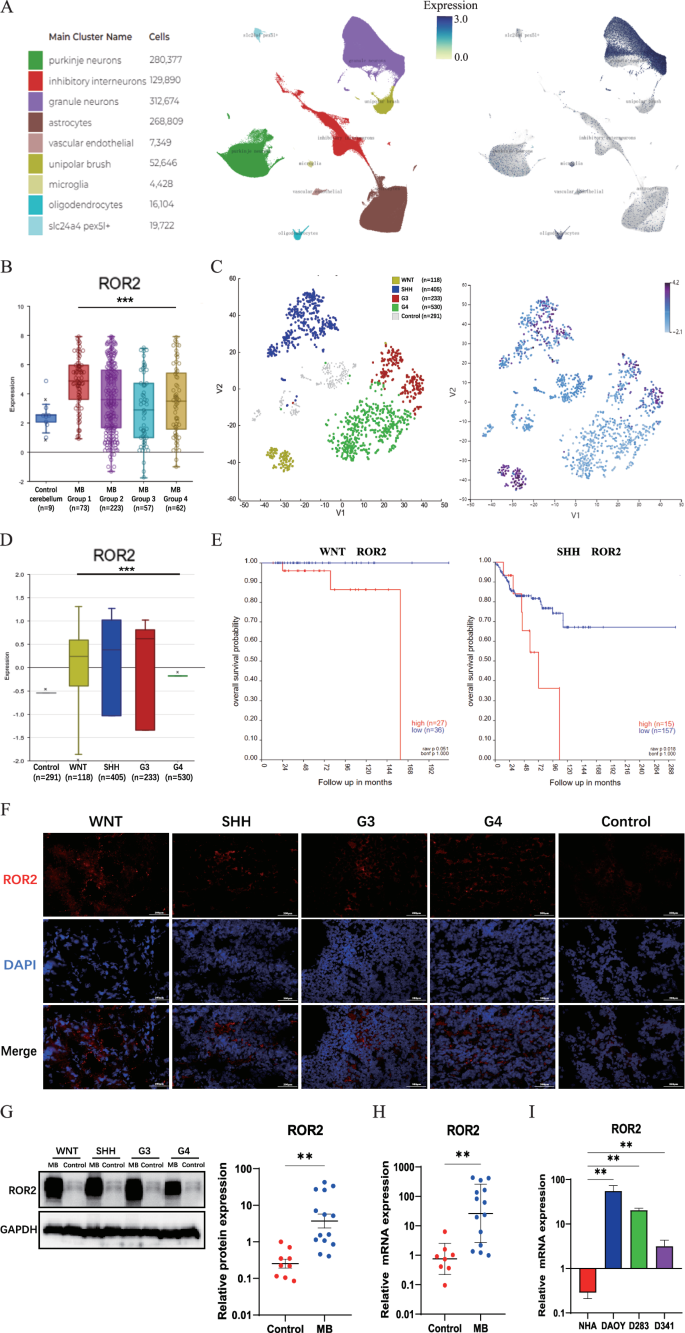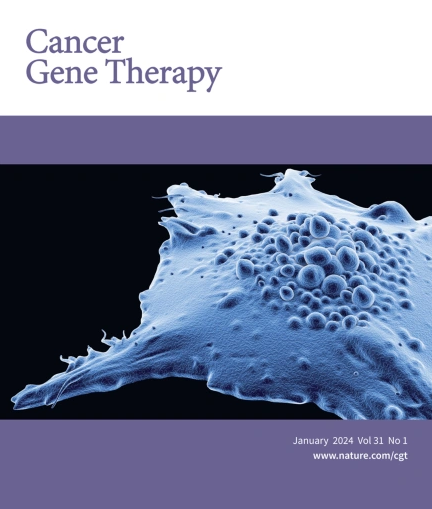miR-124-3p和miR-194-5p通过ROR2调控髓母细胞瘤进展中的PI3K/AKT通路
IF 4.8
3区 医学
Q1 BIOTECHNOLOGY & APPLIED MICROBIOLOGY
引用次数: 0
摘要
髓母细胞瘤(MB)是一种流行的小儿中枢神经系统肿瘤,它受微小RNA(miRNA)的影响,miRNA影响肿瘤的发生和发展。然而,miRNAs在MB肿瘤发生中的具体参与情况仍不清楚。通过单细胞 RNA 测序,我们确定了正常人类胎儿小脑中 ROR2 的表达。随后的分析,包括免疫荧光、定量实时 PCR(qRT-PCR)和 Western 印迹,评估了 ROR2 在 MB 组织和细胞系中的表达。我们通过双荧光素酶报告、qRT-PCR 和 Western 印迹检测,研究了 miR-124-3p 和 miR-194-5p 及其在 ROR2 表达中的调控作用。我们通过功能试验探索了 miR-124-3p、miR-194-5p 和 ROR2 对 MB 体外和体内生长的影响,从而获得了机制方面的见解。我们观察到,在 MB 组织和细胞系中,miR-124-3p 和 miR-194-5p 的表达明显降低,而 ROR2 的表达升高。在 WNT 和 SHH 亚组的 MB 患者中,ROR2 的高表达与总生存率成反比。在功能上,过表达 miR-124-3p 和 miR-194-5p 以及抑制 ROR2 可抑制体外恶性转化和体内致瘤性。从机制上讲,miR-124-3p 和 miR-194-5p 可协同调控 ROR2/PI3K/Akt 通路,从而影响 MB 的进展。我们的研究结果表明,miR-124-3p和miR-194-5p作为肿瘤抑制因子,通过ROR2/PI3K/Akt轴抑制MB的进展,为MB患者提供了关键机制和治疗靶点。本文章由计算机程序翻译,如有差异,请以英文原文为准。


miR-124-3p and miR-194-5p regulation of the PI3K/AKT pathway via ROR2 in medulloblastoma progression
Medulloblastoma (MB), a prevalent pediatric central nervous system tumor, is influenced by microRNAs (miRNAs) that impact tumor initiation and progression. However, the specific involvement of miRNAs in MB tumorigenesis remains unclear. Using single-cell RNA sequencing, we identified ROR2 expression in normal human fetal cerebellum. Subsequent analyses, including immunofluorescence, quantitative real-time PCR (qRT-PCR), and Western blot, assessed ROR2 expression in MB tissues and cell lines. We investigated miR-124-3p and miR-194-5p and their regulatory role in ROR2 expression through the dual-luciferase reporter, qRT-PCR, and western blot assays. Mechanistic insights were gained through functional assays exploring the impact of miR-124-3p, miR-194-5p, and ROR2 on MB growth in vitro and in vivo. We observed significantly reduced miR-124-3p and miR-194-5p expression and elevated ROR2 expression in MB tissues and cell lines. High ROR2 expression inversely correlated with overall survival in WNT and SHH subgroups of MB patients. Functionally, overexpressing miR-124-3p and miR-194-5p and inhibiting ROR2 suppressed in vitro malignant transformation and in vivo tumorigenicity. Mechanistically, miR-124-3p and miR-194-5p synergistically regulated the ROR2/PI3K/Akt pathway, influencing MB progression. Our findings indicate that miR-124-3p and miR-194-5p function as tumor suppressors, inhibiting MB progression via the ROR2/PI3K/Akt axis, suggesting a key mechanism and therapeutic targets for MB patients.
求助全文
通过发布文献求助,成功后即可免费获取论文全文。
去求助
来源期刊

Cancer gene therapy
医学-生物工程与应用微生物
CiteScore
10.20
自引率
0.00%
发文量
150
审稿时长
4-8 weeks
期刊介绍:
Cancer Gene Therapy is the essential gene and cellular therapy resource for cancer researchers and clinicians, keeping readers up to date with the latest developments in gene and cellular therapies for cancer. The journal publishes original laboratory and clinical research papers, case reports and review articles. Publication topics include RNAi approaches, drug resistance, hematopoietic progenitor cell gene transfer, cancer stem cells, cellular therapies, homologous recombination, ribozyme technology, antisense technology, tumor immunotherapy and tumor suppressors, translational research, cancer therapy, gene delivery systems (viral and non-viral), anti-gene therapy (antisense, siRNA & ribozymes), apoptosis; mechanisms and therapies, vaccine development, immunology and immunotherapy, DNA synthesis and repair.
Cancer Gene Therapy publishes the results of laboratory investigations, preclinical studies, and clinical trials in the field of gene transfer/gene therapy and cellular therapies as applied to cancer research. Types of articles published include original research articles; case reports; brief communications; review articles in the main fields of drug resistance/sensitivity, gene therapy, cellular therapy, tumor suppressor and anti-oncogene therapy, cytokine/tumor immunotherapy, etc.; industry perspectives; and letters to the editor.
 求助内容:
求助内容: 应助结果提醒方式:
应助结果提醒方式:


